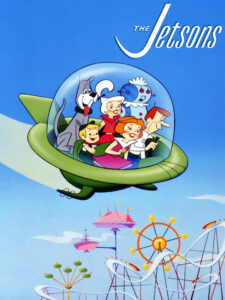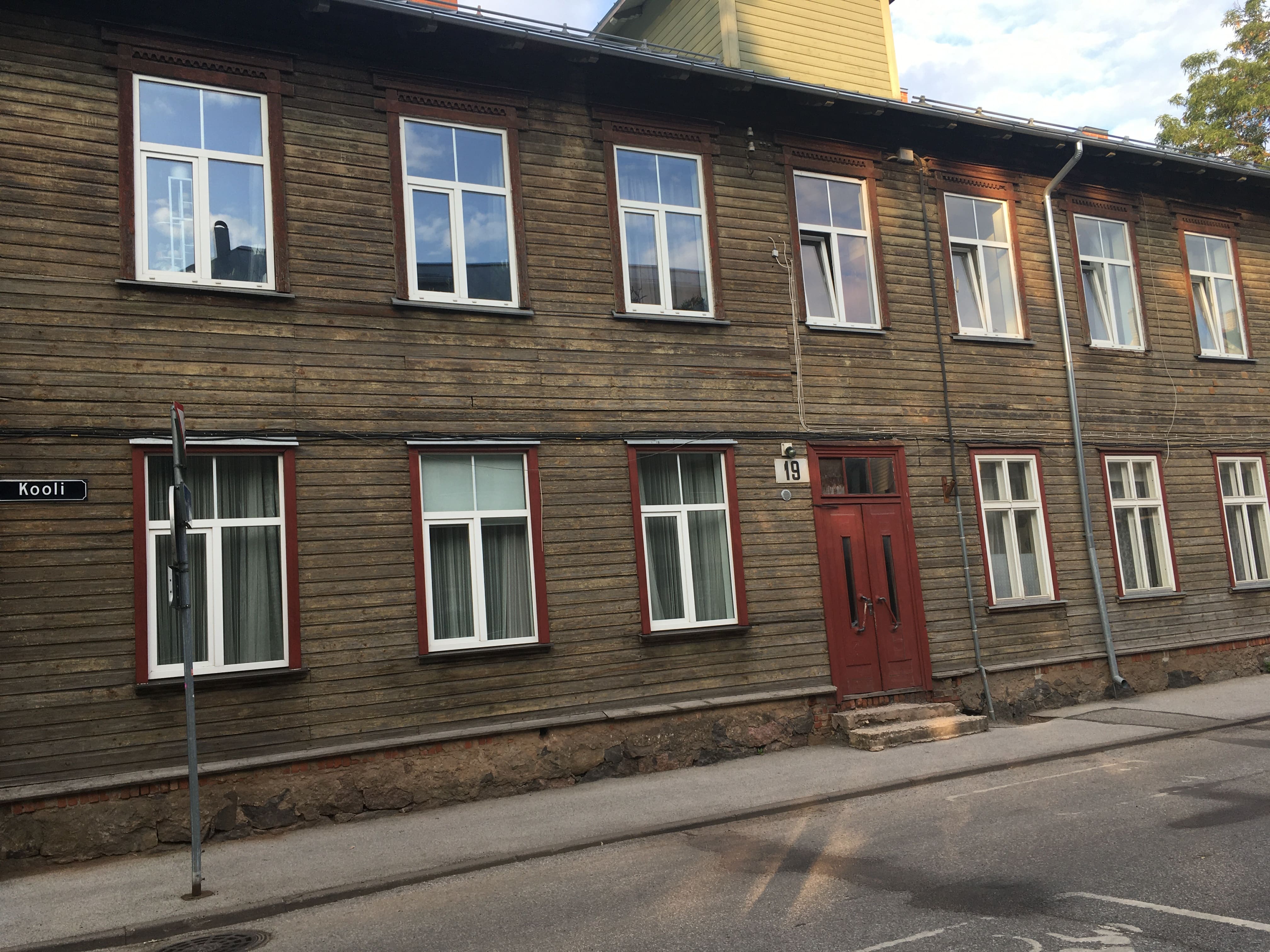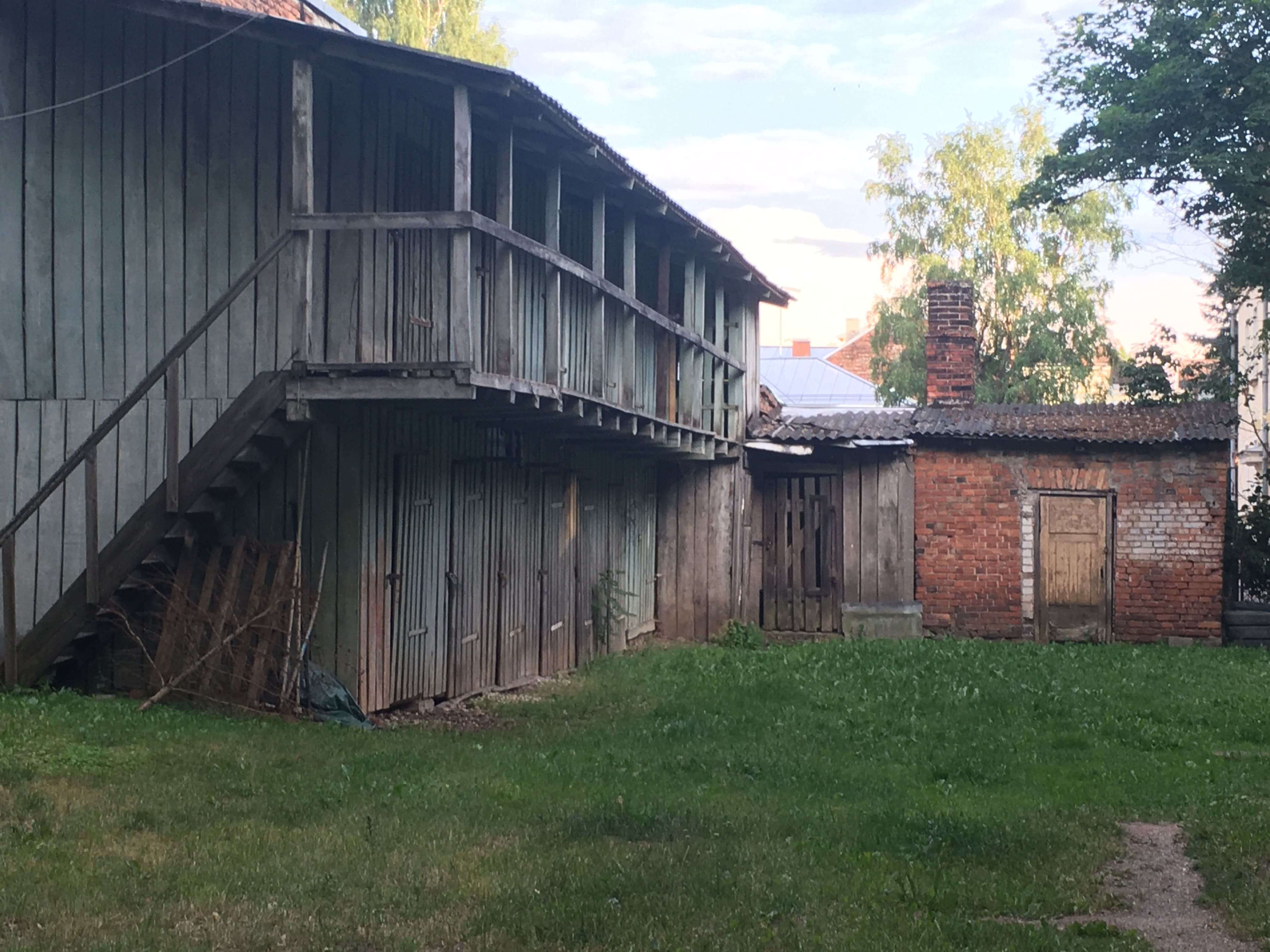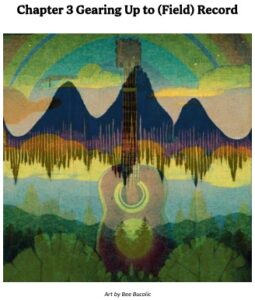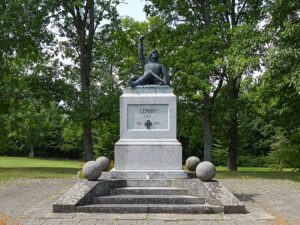The Lunar New Year is actually a lunisolar holiday in that it is celebrated according to a combination of solar and lunar events. The solar event is the Winter Solstice or the day of the year with the least amount of sun. Typically the Winter Solstice falls on or adjacent to the 21st of December in the northern hemisphere. Then the Lunar New Year begins the day after the second full moon after the Winter Solstice.
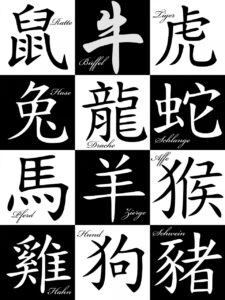 In the Chinese Zodiac, 2024 marks the Year of the Wood Dragon. While many of us are aware of the twelve basic Chinese Zodiac years, each year also has five elements: wood, fire, earth, metal, and water. As noted on the Bendigo Joss House Temple website,
In the Chinese Zodiac, 2024 marks the Year of the Wood Dragon. While many of us are aware of the twelve basic Chinese Zodiac years, each year also has five elements: wood, fire, earth, metal, and water. As noted on the Bendigo Joss House Temple website,
…wood makes fire burn, fire creates earth, earth bears metal, metal runs water and water makes wood grow.
While much can and should be written about the Wood Dragon, I am interested in my own alignment, that of the Metal Rat. According to popular lore, rats are intelligent, adaptable, and quick-witted. Some people would add charming, artistic, sociable. While my metal element encompasses tenacity and hard working. Some people would say the negative sides of metal are grief and a lack of self worth (I easily can sink into both these pits).
Yet I wish I wasn’t a rat. I feel caught in between my own cultures’ rat mythology and that of the Chinese Zodiac. I personally have had some horrible experiences with rats and tend to think of them negatively even when I am thinking in a mythic way. After all, rats are like humans. We breed like crazy, take over every space we enter, are a species that can adapt to all sorts of situations and still thrive.
Perhaps that is one aspect of my abhorrence of rats: I am looking in a mirror and I don’t like what I see. I wish I were a Fire Dragon instead and therein lies the problem. There is a disconnect between the person I want to be and the person I am. This causes me plenty of internal turmoil, frustration, and self-disparagement.
Some days I think this drive to be more, other, better and strengthen my weaker personality traits is positive as it helps me achieves things in my life I would not otherwise accomplish. And it helps me stick with projects that seem like a lost cause. Like Rose Creek.
Other days I think being true to my essential nature might help me achieve this year’s goals of “ease and joy.” Yes I do see the irony of achieving a goal that can never be an absolute achievement.
Most days I feel more like a Metal Ox: loyal, reliable, and tenacious. In other words: boring!
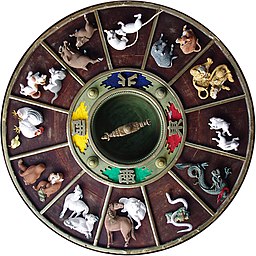
Chinese Zodiac carvings on ceiling of Kushida Shrine, Fukuoka
Jakub Hałun, CC BY-SA 4.0, via Wikimedia Commons
All cultures create mythic psychologies in which we can deepen our understanding of human nature and create containers for a happy life. Yet I wonder how much these containers create our destiny and how much they limit them. Perhaps it is more about understanding the containers and using them to your advantage.
Balance in all things including cultural containers. I more more than the Zodiac signs under which I was born and yet, they are still part of me.
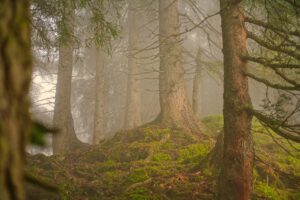

 How sad this makes me. How even now, thirty years after his death, the tears flow because he couldn’t or wouldn’t share it with me. Not knowing who my father was before I knew him is heart breaking and I think Estonia, being Estonian, or the tragedies that Estonia faced during his lifetime created a shadow that kept him from me.
How sad this makes me. How even now, thirty years after his death, the tears flow because he couldn’t or wouldn’t share it with me. Not knowing who my father was before I knew him is heart breaking and I think Estonia, being Estonian, or the tragedies that Estonia faced during his lifetime created a shadow that kept him from me.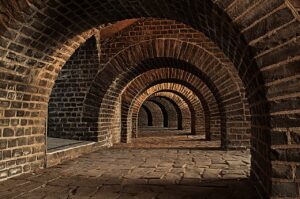

 Being tossed into the churn of white water and flipping head over tails, while trying to keep my surfboard from crashing into me, is not easy. As I tumble, I need to stay focused, conserve my breath and energy until the white water has passed me by and then, in that moment between crashing waves, I must breach the surface like a whale and inhale as much oxygen as possible before the next white water explosion comes at me like a freight train.
Being tossed into the churn of white water and flipping head over tails, while trying to keep my surfboard from crashing into me, is not easy. As I tumble, I need to stay focused, conserve my breath and energy until the white water has passed me by and then, in that moment between crashing waves, I must breach the surface like a whale and inhale as much oxygen as possible before the next white water explosion comes at me like a freight train.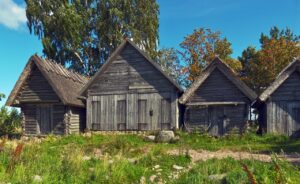
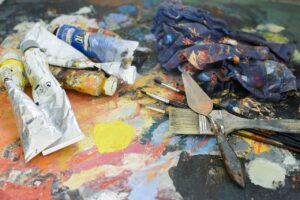
 Interestingly enough, the USA’s Declaration of Independence does not mention the word “freedom” but instead uses the word “liberty.”. If we look at “liberty” from the perspective of
Interestingly enough, the USA’s Declaration of Independence does not mention the word “freedom” but instead uses the word “liberty.”. If we look at “liberty” from the perspective of 